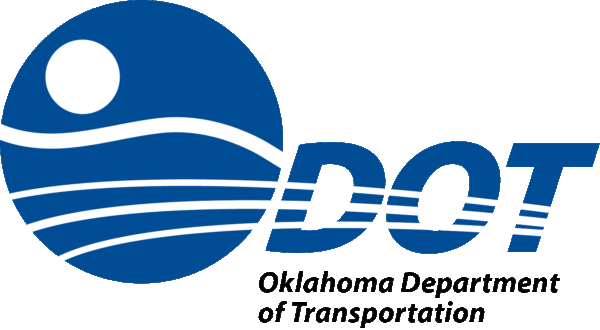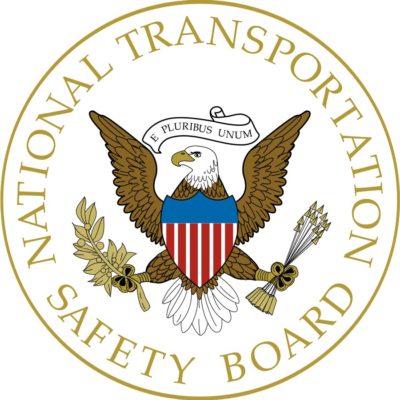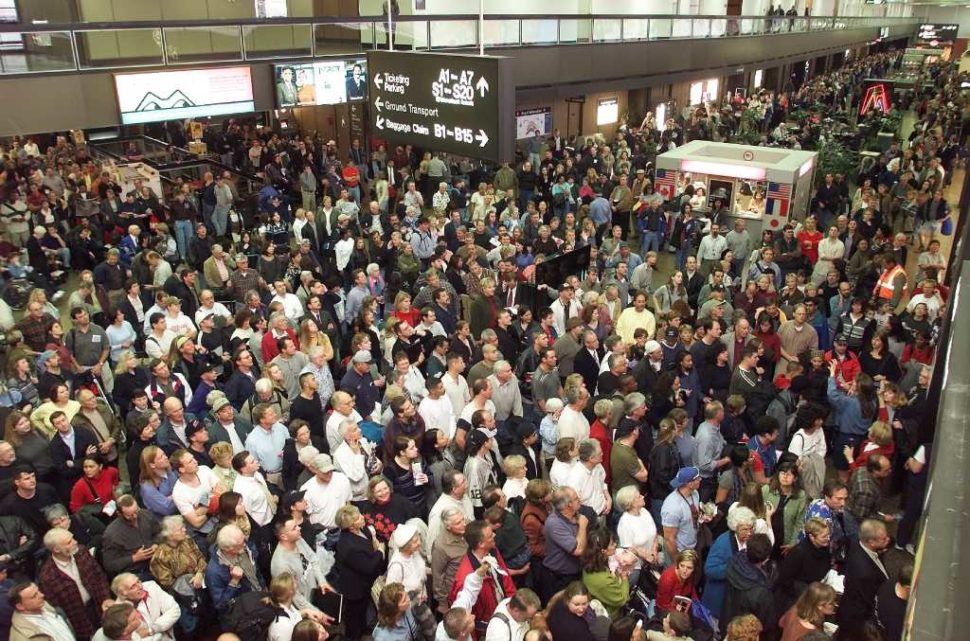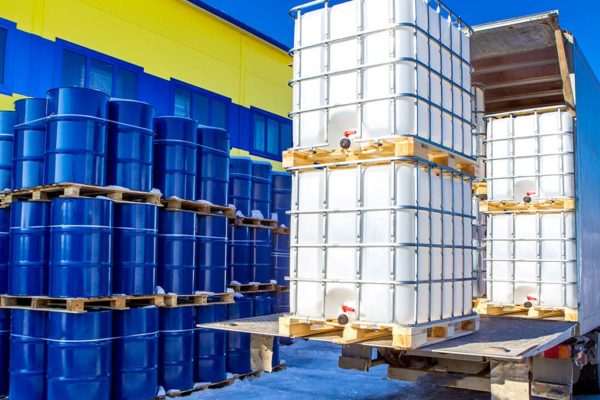Government Shutdown Recap

Transportation hasn’t been free from controversy, delays, or issues during the shutdown. When it comes to 3PL the transportation industry intersects with multiple other industries. A few of these industries’ governmental bodies still operated during the shutdown. Furthermore, the ones that still operated were: the Department of Energy and the Federal Motor Carrier Safety Administration.
All of the other governmental bodies have negative downsides of some kind. Customs and Border, for example, receive some of the most major negative downsides of the shutdown. Not only that, but some state-specific Department of Transportation projects are indefinitely delayed because of the initial shutdown and its potential continuation. “The existing projects will be OK as long as things are still moving forward with the Federal Highway [Administration] being able to approve our reimbursements,” Oklahoma Department of Transportation agency spokeswoman Terri Angier said. “However, authorization for future projects is tied to the continuing resolution and the shutdown.” Oklahoma is a crossroads for major freight transportation. The projects that have been delayed include freight corridors, interstate truck traffic “optimization pathways”, etc. “Almost all of our routes are used for freight and truck traffic because centrally where we’re located, you’ll touch one corner of our state or another,” Angier said. “You’re going catch one of the highways in Oklahoma at some point.”
Employees Affected by the Government Shutdown
The main issue behind all the issues surrounding transportation and the shutdown are the employees, or rather, the lack of employees. Many agencies and departments have furloughed a significant portion of their employees in order to continue their most minimal functions. The Federal Aviation Administration furloughed 13,944 positions out of 44,687. Next, the National Highway Traffic Safety Administration furloughed 330 out of 587 staffers. Lastly, the Federal Railroad Administration furloughed 420 out of 935 positions. These positions weren’t just extra spots to make sure things run more smoothly either.
FMCSA & FHA
No, the loss of these positions ensured a significant loss in efficiency, communications, and safety. For example, the Federal Aviation Administration suspended law enforcement assistance and air traffic performance analysis. However, neither the FMCSA and the Federal Highway Administration furloughed any of their combined 3,840 employees. This is due to these agencies being funded by the Highway Trust Fund. Additionally, it’s important to consider that the Highway Trust Fund will no longer be funding these agencies as of 2020. Should another shutdown occur following this shift both of the aforementioned agencies will be just as affected as the others.
Previously, it was mentioned that the FAA had to compromise their communications with law enforcement and air traffic performance. The loss of both of these functions compromises the level of safety that can be expected out of their services. Furthermore, in the past month that the shutdown has been active the 87 safety accidents have had their on-site investigations curtailed.
Safety

The National Transportation Safety Board is tasked with investigating road, rail, marine, and airline accidents. Additionally, that means that nearly all transportation accidents that have happened in the past month have been shelved due to a lack of staffing. For example, a capsized oil-spill response vessel on the lower Mississippi River is among the incidents that have been curtailed due to the shutdown. The effects of these accidents will also be felt long after the shutdown does come to an end. Also, that’s not even mentioning the amount of TSA workers that were calling in sick the past week. Nearly 10% of TSA workers were absent the past week and that’s especially dangerous in such a risk-averse industry. What’s left? The only thing a transportation professional can do at the moment is keep in contact with logistics experts and stay up-to-date on all shutdown news.
Take control of your Hazmat transport that can assure you transparency from the port to your destination nationwide, request a free quote today and discover your hazmat logistics solution.
For more information, follow us each week for the latest hazmat news or contact HazmatHub here.





